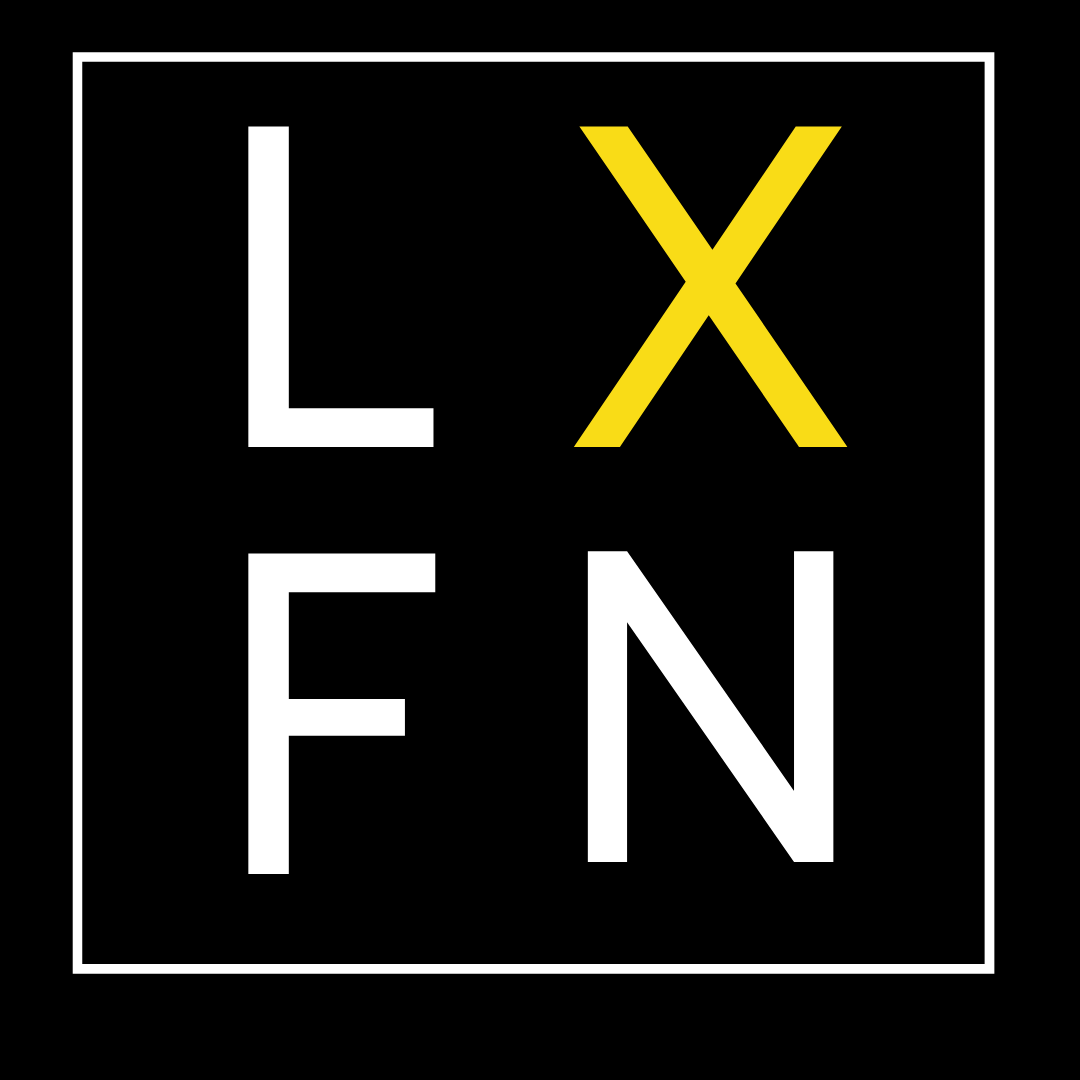The next era of fashion commerce won’t live on the feed — it will thrive in community.
By Jessica Couch
Once upon a time, marketing was about charm — a jingle, a storefront, a well-placed billboard. Today, attention is a commodity traded by algorithms that never sleep. The modern marketplace hums at a frequency of constant noise, where brands chase seconds of focus in a landscape built to distract.
The irony, of course, is that the consumer isn’t uninterested — they’re overstimulated. The average attention span has dwindled to seven seconds, roughly the length of a swipe. Studies show that the same neural reward centers activated by laughter or chocolate are triggered by likes and shares. Social media has made shoppers emotionally impulsive, then punished them for it.
“What once felt like discovery now feels like a surveillance loop masquerading as personalization.”
Every platform has become a behavioral lab. The algorithm observes every hesitation, every scroll, every image saved — translating desire into data. You pause over a velvet shoe, and within hours your feed becomes a showroom of similar silhouettes, priced just high enough to feel aspirational but not indulgent.
When the fatigue sets in, users migrate. Instagram is cluttered. TikTok feels like a late-night infomercial disguised as culture. Pinterest has turned into a recycling bin of AI-generated imagery and low-quality storefronts. Even the retailer’s own site — once the final refuge of intentional shopping — often delivers an experience so sterile it feels algorithmically beige.
This isn’t just an aesthetic problem; it’s an economic one. In 2018, DTC brands built entire models around organic reach. Engagement rates averaged 3.5%, and customer acquisition costs were manageable. Fast-forward to 2025: only one in ten posts seen is from someone a user actually follows, and the cost of reaching them has ballooned by more than 40%. Customer acquisition costs in fashion now exceed $25 per buyer, compared to $8 just a few years ago.
Meanwhile, 73% of users say advertising makes platforms less enjoyable, and 41% admit they’re making fewer spontaneous purchases. Discovery — once the lifeblood of fashion — is being smothered by noise.
“Investors once believed niche platforms couldn’t scale. That thesis hasn’t aged well.”
For years, investors swore there could never be meaningful communities outside of Instagram. Niche platforms were seen as inefficient — unable to scale, unable to compete. But that view hasn’t aged well. A digital diaspora is underway: users are migrating toward smaller, purpose-driven communities that align with their values, aesthetics, and identity.
Recent reports show that 62% of Gen Z consumers prefer “micro-communities” over mainstream social platforms, citing authenticity and relevance as their primary motivators. Even more telling, 45% of online shoppers say they trust recommendations from niche community platforms — forums, Discord groups, or emerging fashion collectives — more than from traditional influencers.
“The center of gravity is shifting from the feed to the forum — from algorithm to affinity.”
In fashion especially, this shift feels overdue. Discovery has always been cultural, not computational. The next wave of social commerce will be community-led — smaller ecosystems built on shared identity, curiosity, and belonging.
Ironically, just a few years ago, this was precisely what investors said would never happen. That conviction hasn’t aged well. While capital chased scale, consumers craved belonging — and now, founders and creatives are building the spaces they were told couldn’t exist. The next wave of platforms won’t mimic Instagram; they’ll move past it. They’ll be intentional, culture-first, and community-led. Looks AI is one of them. www.looks.fit
For DTC brands, that means moving beyond the feed. It means storytelling as a strategy, not a sales tactic. It means designing digital spaces that make people feel seen, not segmented.
The future of shopping won’t be about who can shout the loudest. It will belong to those who understand how to whisper something worth hearing.
Bonus! Video on the topic below:Watch the episode I did on these Topics here: https://youtu.be/DN2pr_8iuts
